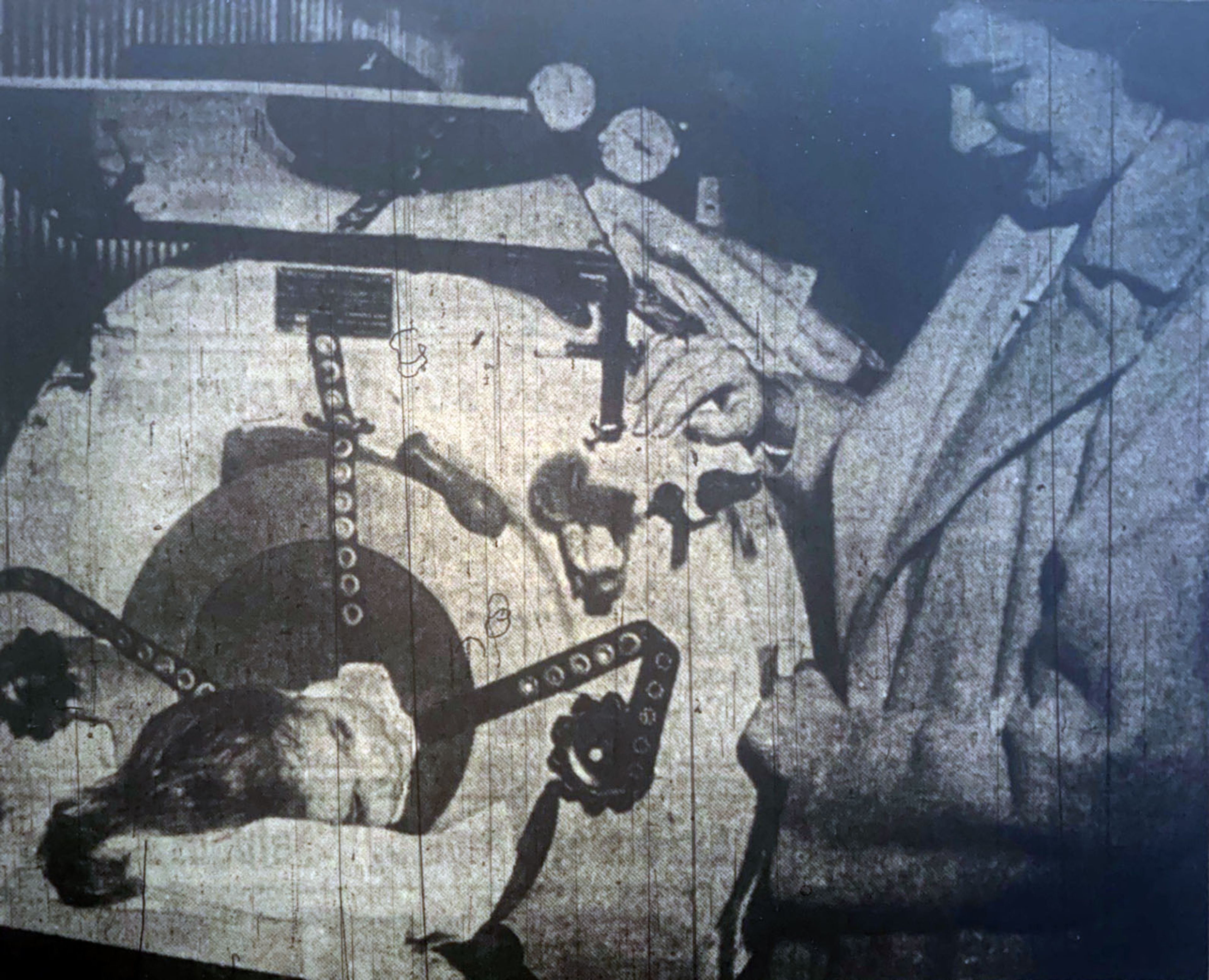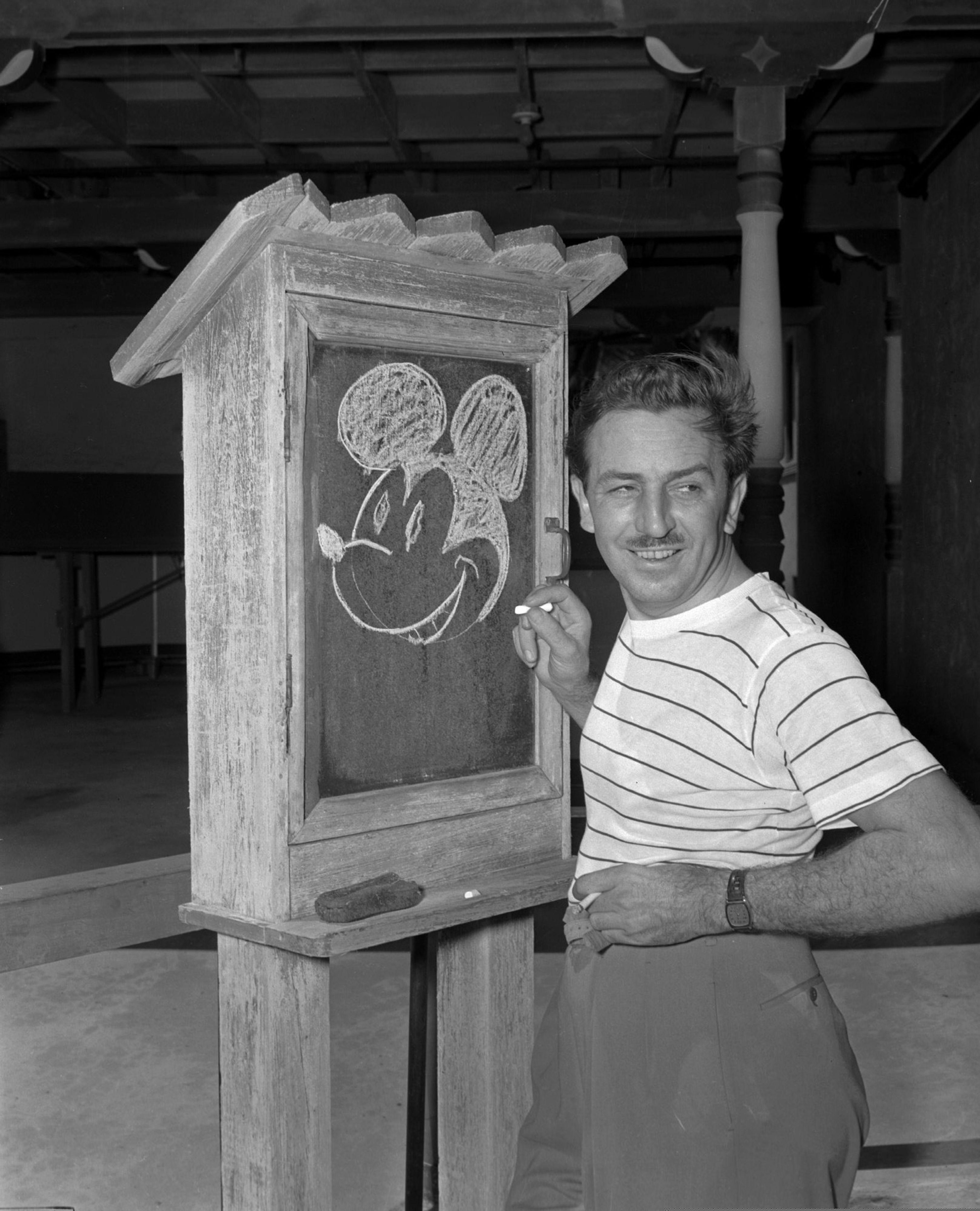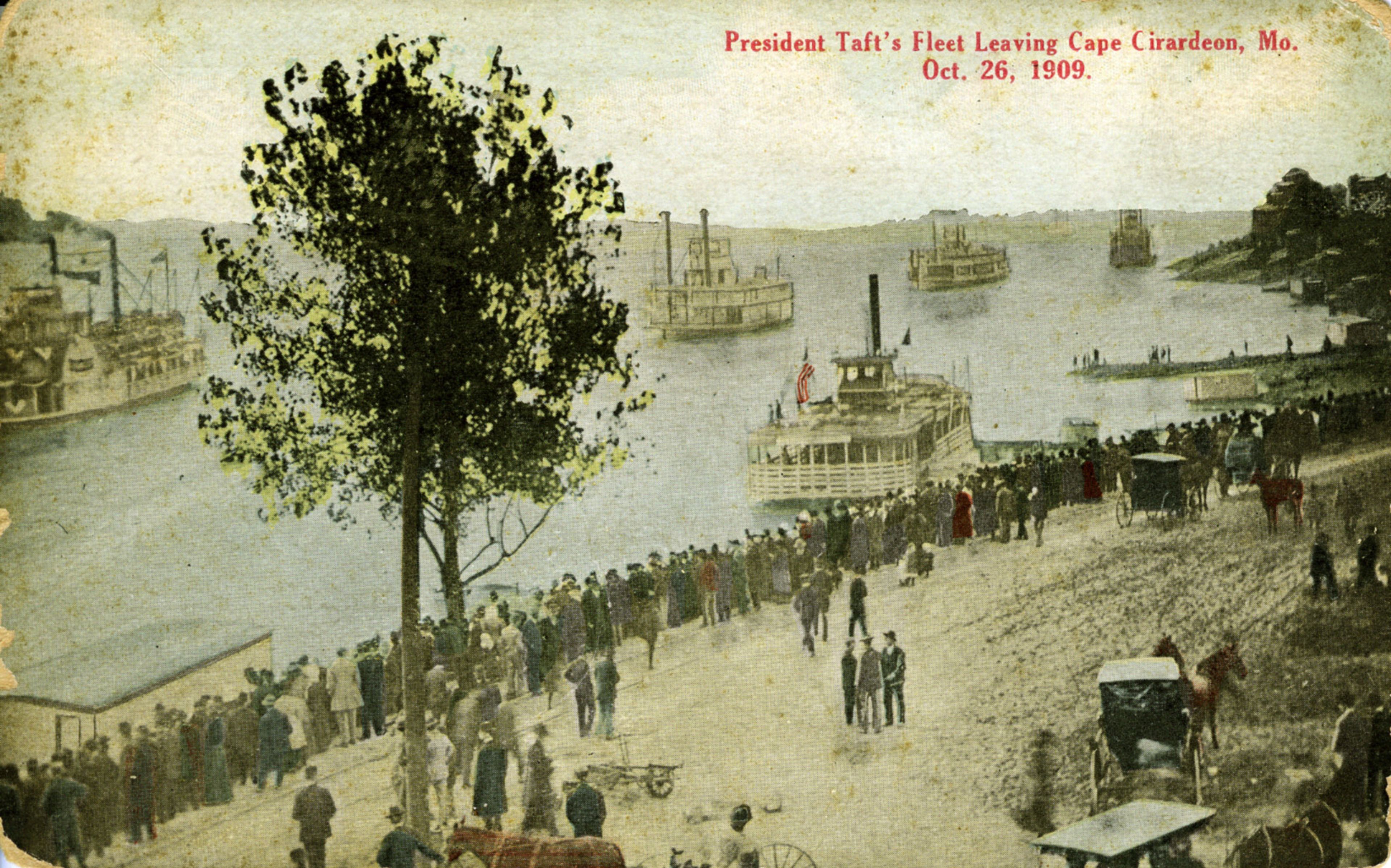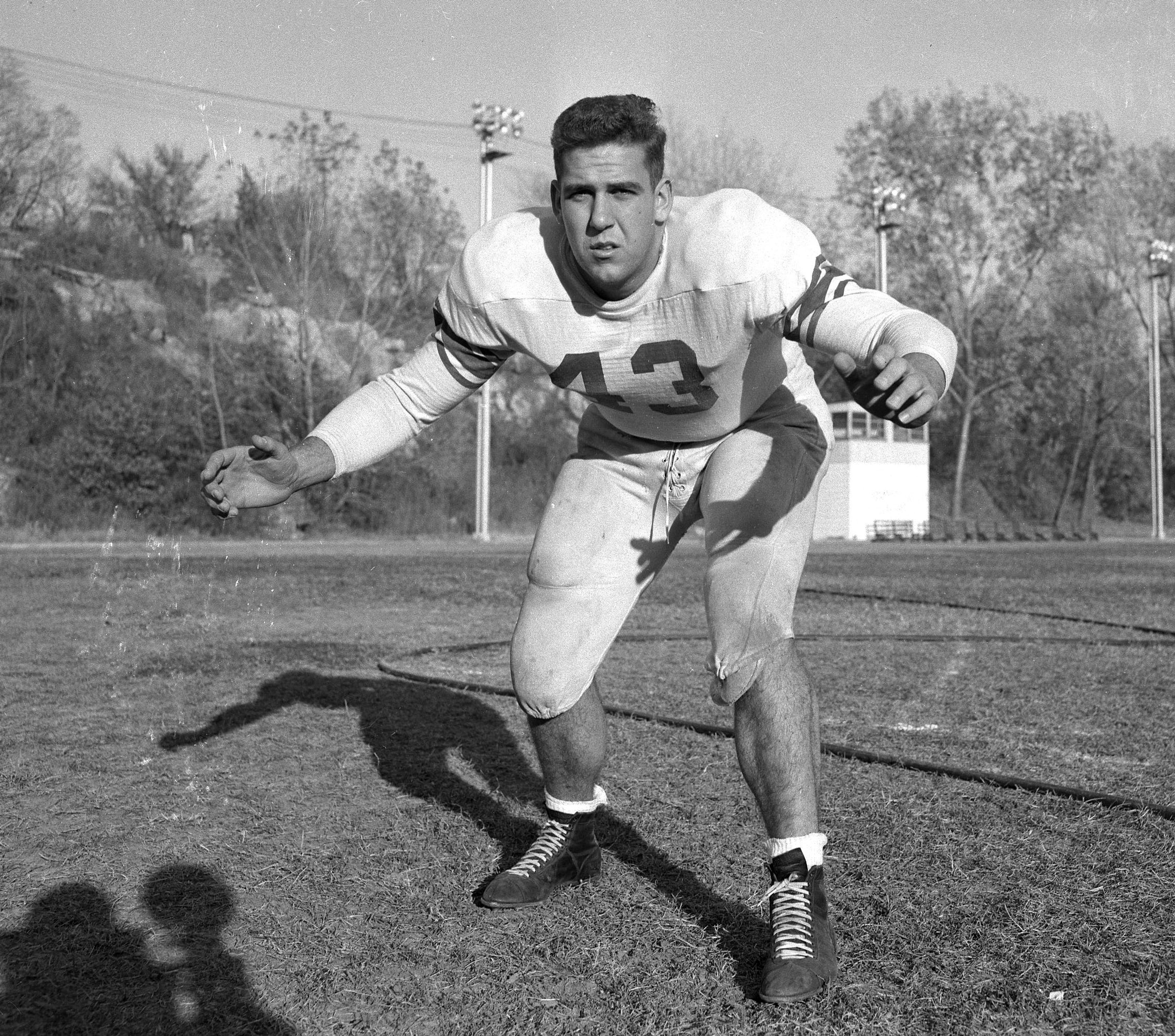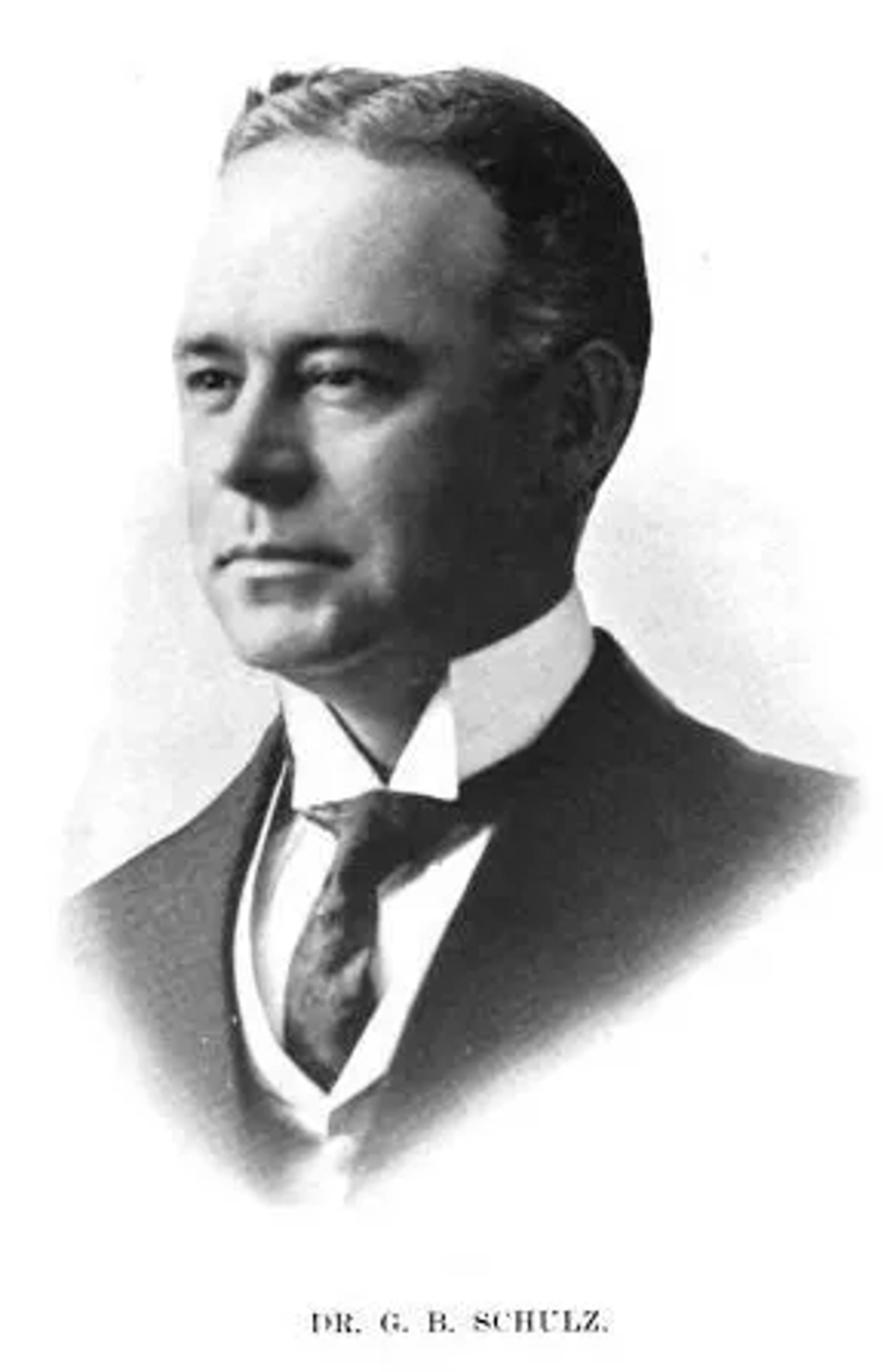From the Morgue: Child in iron lung transported to St. Louis
Tragic tale of Wanda Lynn Ellis, a 2-year-old polio patient in an iron lung, transported to St. Louis in 1949. Despite hopes for recovery, her story ends in heartbreak a year later.
I’ll warn you now, this story does not have a happy ending.
Wanda Lynn Ellis was born Nov. 27, 1946, in Caruthersville, the daughter of Harry Douglas and Mary S. Beasley Ellis.
At the age of 2, blue-eyed Wanda made the front page of the Southeast Missourian, when her name appeared in an article listing the new arrivals at the district polio ward at Saint Francis Hospital on Good Hope Street in Cape Girardeau. She was just one of 11 new patients admitted to the ward over the weekend of Aug. 27-28, 1949, a leap in local numbers of those who had contracted infantile paralysis.
While her ward-mates recuperated and left and others replaced them, Wanda remained in the local hospital until November 1949, when it was decided it was more economical to transfer her to a larger facility at St. Louis, which was better staffed than the small unit at Saint Francis.
And so on Nov. 5, the child began her journey to St. Anthony’s Hospital encased in an iron lung in the back of a 30-foot truck.
Published Saturday, Nov. 5, 1949, in the Southeast Missourian:

Cape iron lung child is moved to St. Louis center
Little Wanda Lynn Ellis, 2, blue eyed, smiling, iron lung infantile paralysis patient, was safe in St. Louis today, pleased as punch over the exciting adventure of a trip from Saint Francis Hospital aboard a huge tractor-trailer truck loaded with equipment to keep her respirator operating on the long journey.
Wanda had a State Highway Patrol escort all the way through, and she had two nurses and two Navy men to keep her company – along with a doctor and her parents in a car which followed close behind the big truck.
But the trip was not without incident. It started from Saint Francis Hospital at a few minutes before 7 o’clock (in the morning). On Highway 61, a few hundred yards south of Broadway, one of the nurses used telephone equipment connected to the driver to excitedly relate that the portable generators had stopped.
Some quick action
She and the other nurse operated the hand pump which keeps the iron lung going – for Wanda cannot live unless the lung breathes for her. The truck pulled in at the Alvarado and a long extension cord was quickly plugged into the service station current.
The iron lung picked up its rhythmical breathing, taking over to relieve Misses Adah Morris and Jane Kolbay, the nurses, from their hand operation.
The portable generators were supplied by the Naval Reserve Training Center, along with Chief Electrician’s Mate Clarence Kurtz and Electrician’s Mate second Class Donald Nickels as operators.
The units were in the front portion of the trailer – a 30-foot transport truck furnished by Midwest Dairy Co. – and closed off by a specially built partition from the iron lung. They had operated for some time prior to the time Wanda was placed in the truck.
Chief Kurtz explained that with the truck not moving the motors became overheated and kicked off. A stove pipe, improvised to feed outside air to the generators, was expected to keep them cool after the trip was underway. But, Chief Kurtz said, the motors had been operating so long without air that the short run from the hospital had not been enough to cool them off.
The two units came back to life after about 10 minutes and the trip was resumed with all personnel aboard keeping a close watch on the situation.
Wanda, a pretty child, is the daughter of Mr. and Mrs. Harry Ellis, who sharecrop near Caruthersville on the Frank Taylor farm. She entered Saint Francis Hospital Aug. 24 and the next day was put in the iron lung. Twice since then she has been out – 30 seconds each time – but it was apparent that she had to remain in her mechanical home.
Wanda occasionally had company, patients in other iron lungs, but these patients eventually were able to leave. She was the only respirator patient left. It takes three nurses, one for each eight-hour shift, and the National Foundation for Infantile Paralysis, because of the expense, decided to transfer the child.
At St. Anthony’s there are a number of iron lung patients. The same name of nurses can care for a large number of polio victims, so it was a matter of economy with Foundation funds that dictated the change.
The Midwest Dairy Co. volunteered use of the truck – the largest on the road. It furnished the driver, William Scott, who was accompanied on the trip by plant superintendent Herman Campbell. Midwest built the partition to separate the lung from the generator and had the telephone installed for communication between trailer and driver. A door was knocked out at the side to put in a ventilator. Intake and exhaust for the generator were installed. Electric heaters were put in.
At the hospital here an extension cord several hundred feet in length was attached to the lung and an electric outlet. The lung was taken down the elevator to the ambulance entrance where the truck was parked. At ground level the extension cord was removed and the cord from the generator inserted without the loss of a second of breathing by the lung.
Ten men lifted the 1,200-pound lung aboard the truck. It was all accomplished smoothly and without a hitch in arrangements. Movies were taken of the operation by a National Foundation cameraman for use on television during the March of Dimes campaign early next year.
Became ill suddenly
Little Wanda one night last August played with her daddy before she went to bed, happy and apparently healthy. At midnight she awakened crying with a high fever. The next day a physician diagnosed the ailment as tonsillitis.
But she continued to have a high fever, and when he called again, he told the parents she had polio. Then followed the trip to the hospital and the long weeks in the iron lung. Wanda can move an arm and a leg, and there is a hope she will eventually recover.
Mr. and Mrs. Ellis plan to leave the farm shortly and move to St. Louis. They want to be near their child, and Mr. Ellis believes he can find work in a packing plant. Mrs. Ellis also expects to find work. They have two other children, Phyllis Ann, 11, and Larry Douglas, 5.
Alas, the hoped-for recovery of Wanda Ellis didn’t materialize. She died a year later at St. Anthony’s on Friday, Dec. 8, 1950, still in her iron respirator.
Her death was reported in the Saturday, Dec. 9 1950, edition of the Southeast Missourian.
The article concludes, “Wanda won many friends at St. Anthony’s and was showered with presents and cakes Nov. 28 when she celebrated her fourth birthday. She was never able to leave the iron lung. Her last wish Thursday night was that her mother would visit her soon. Mrs. Ellis arrived two minutes before the child passed away…”
Sharon Sanders is the librarian at the Southeast Missourian.
Connect with the Southeast Missourian Newsroom:
For corrections to this story or other insights for the editor, click here. To submit a letter to the editor, click here. To learn about the Southeast Missourian’s AI Policy, click here.


